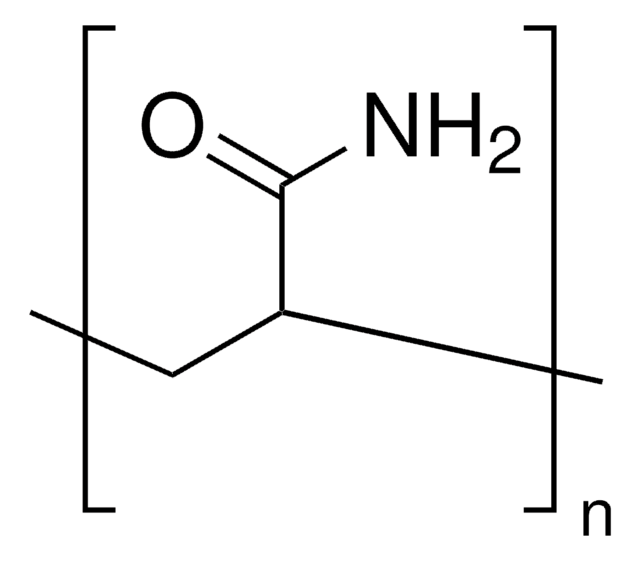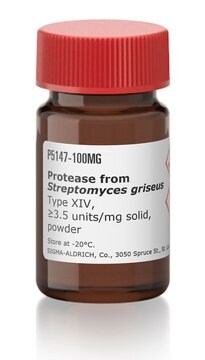Wichtige Dokumente
181609
Polycaprolacton
average Mw ~65,000, average Mn ~42,500, pellets
Synonym(e):
2-Oxepanon Homopolymer, 6-Caprolacton Polymer
About This Item
Empfohlene Produkte
Form
pellets
Schmelzindex
1.9 g/10 min (80°C/0.3 Mpa)
Mol-Gew.
average Mn ~42,500
average Mw ~65,000
Stoßfestigkeit
82 J/m (Izod, ASTM D 256-73A, notched)
Härte
55 (Shore D, ASTM D 2240-75)
mp (Schmelzpunkt)
60 °C (lit.)
Elongation
2 in/min - 600-1000% (ultimate)
Suchen Sie nach ähnlichen Produkten? Aufrufen Leitfaden zum Produktvergleich
Anwendung
Leistungsmerkmale und Vorteile
Nicht toxisch, im Boden biologisch abbaubar, breite Mischbarkeit, mechanische Kompatibilität mit vielen Polymeren und gute Adhäsion an einem breiten Spektrum von Substraten.
Lagerklassenschlüssel
11 - Combustible Solids
WGK
WGK 3
Flammpunkt (°F)
Not applicable
Flammpunkt (°C)
Not applicable
Persönliche Schutzausrüstung
Eyeshields, Gloves, type N95 (US)
Hier finden Sie alle aktuellen Versionen:
Besitzen Sie dieses Produkt bereits?
In der Dokumentenbibliothek finden Sie die Dokumentation zu den Produkten, die Sie kürzlich erworben haben.
Unser Team von Wissenschaftlern verfügt über Erfahrung in allen Forschungsbereichen einschließlich Life Science, Materialwissenschaften, chemischer Synthese, Chromatographie, Analytik und vielen mehr..
Setzen Sie sich mit dem technischen Dienst in Verbindung.





